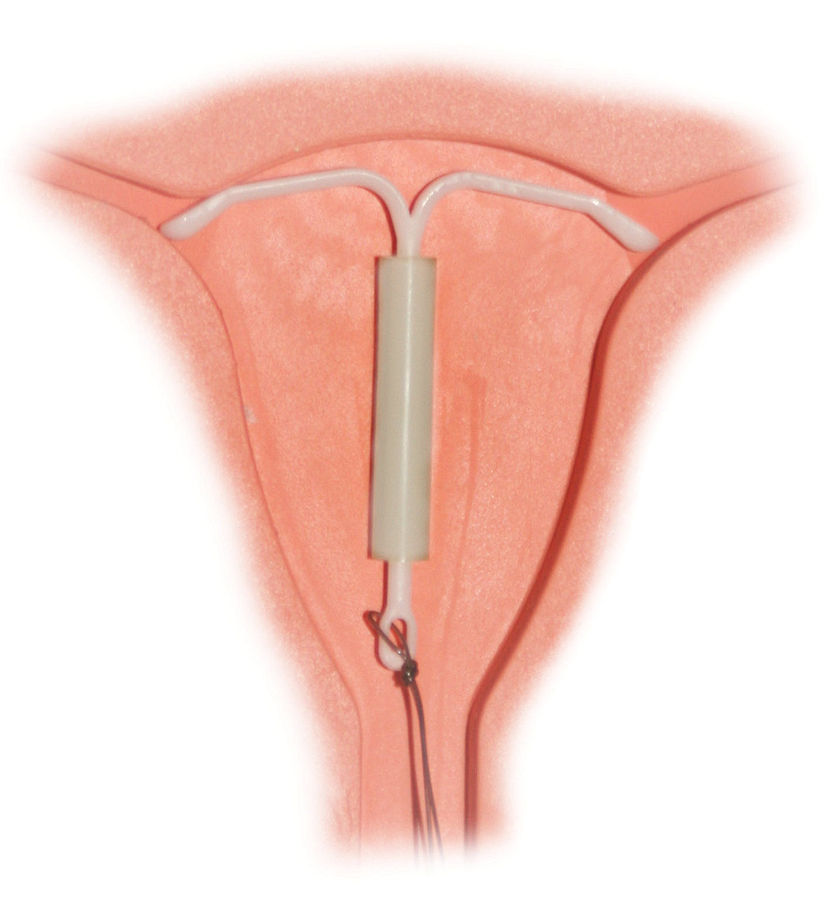
Many women who give birth ask their obstetrician about contraception so that they can plan for their next pregnancy. They may want to have an intrauterine device (IUD) inserted after the baby is delivered, but are usually told to wait at least 6 weeks. A new study has found that it is safe and effective to insert the IUD at the end of the cesarean.
Making a woman wait 6 weeks to have an IUD inserted can mean that she has already started having sex again before that time. Having to go for a separate doctor's visit during a time when a new mother is already very busy can mean she doesn't get the IUD at all.
The study looked at 112 women who gave birth at a hospital in North Carolina and who wanted an IUD. They were randomly assigned to have the device inserted during their cesarean or at an office visit 6 weeks later. Eighty-three percent of women who had an IUD inserted during their delivery were still using the device 6 months later. Only 64% of women who had to go to a separate office visit were using an IUD 6 months later, mostly because a portion of them did not get one inserted.
Having an IUD inserted at delivery, either a vaginal delivery or a C-section, can mean fewer unintended pregnancies. A separate study found that inserting an IUD during a cesarean prevented about 88 unintended pregnancies per 1,000 women in a 2-year period compared to waiting a few weeks for insertion.
Inserting an IUD after either a vaginal or cesarean delivery is safe and effective, according to a review of the medical literature. However, there is a higher risk of the body expelling the IUD compared to when they are inserted at a later date. This was true in the new study: 8% of women lost their IUDs compared to 2% who had them inserted later. Expulsion of an IUD is not dangerous, but it can leave a woman thinking she is safe from a pregnancy when she is not.
